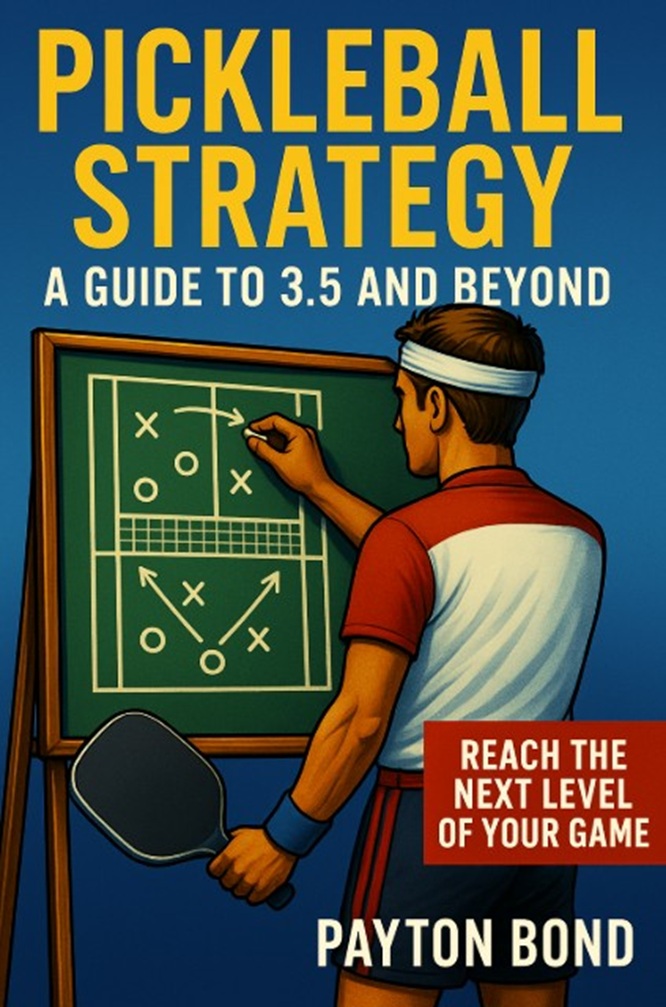
Pickleball Serve Strategy: The Secret Sauce to Your Game
If you’re aiming for the 3.5 level (or beyond) in pickleball, having a solid serve strategy isn’t optional—it’s essential. Sure, your serve gets the ball in play, but why stop there? With a little finesse, it can also set you up for a killer third shot.
Let’s be clear, though: the goal of your serve isn’t to win the point outright (even the pros don’t try to win the point on their serve). Instead, focus on making your opponent’s return just a little more challenging.
Spin, placement, and the occasional lob can make all the difference.
Targeting Your Serves
A pickleball serve aimed at your opponent’s backhand is like throwing them a curveball they didn’t see coming.

Why It Works: Backhand shots are not as effective as forehand shots. It is hard to put your body into a backhand shot, so it is generally a weaker shot.
How to Do It: Aim for their backhand side and disrupt their rhythm. Good players may adjust quickly and go around to use a forehand, but even then, a well-placed serve can keep them on their toes.
Practice Makes Perfect: This strategy takes precision, so practice until you can nail the placement without second-guessing.
Adding Spin to Your Serve
Spin serves are the trick shots of pickleball—done right, they can send your opponent scrambling. Here’s a closer look at three types of spin serves and how to execute them effectively:
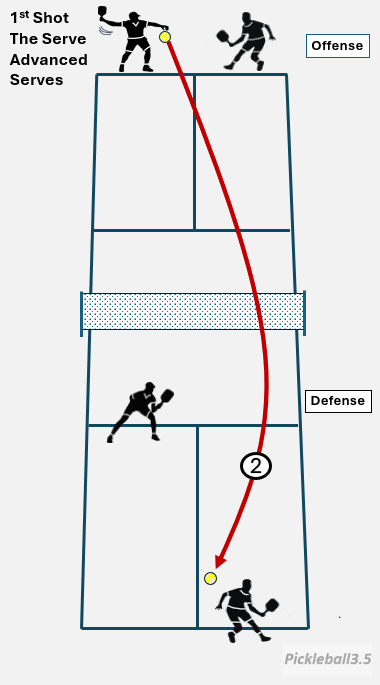
Top Spin
Use a powerful top spin serve to challenge your opponents.
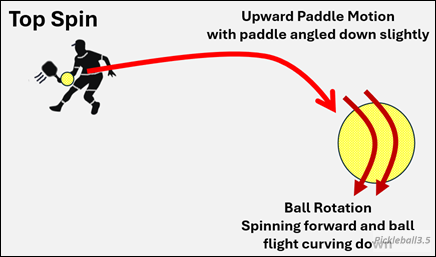
What It Does: The topspin serve dives over the net and jumps up at your opponent, making it harder for them to time their return.
How to Execute: Use a low-to-high paddle motion to create topspin. A more powerful topspin serve will reach your opponent quickly and jump at them upon landing. For variety, try a deeper topspin serve with less pace and a higher arc—it’ll still jump but land farther back, giving you time to prepare for the next shot.
Back Spin
Use a cut shot to generate backspin on the ball.
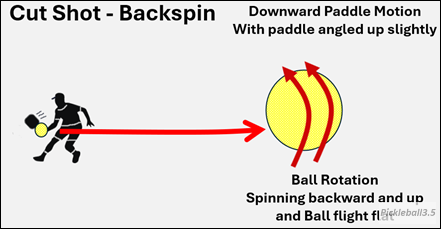
What It Does: The backspin serve stays low after bouncing and moves downward, making it tricky for your opponent to return cleanly.
How to Execute: A high-to-low paddle motion is key to generating backspin. The best way to execute this serve is with a drop serve, as the traditional volley serve’s rules limit the necessary motion.
Why It’s Tricky: If your opponent doesn’t adjust their paddle angle for the backspin, the ball could easily end up in the net. This serve requires practice to master, so make sure it’s game-ready before using it in play.
Side Spin
Another advanced pickleball serve is a side spin serve.
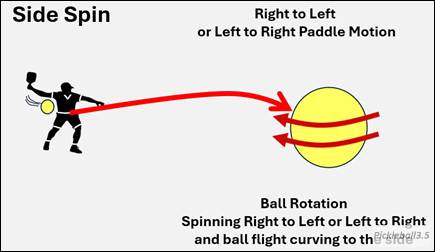
What It Does: Sidespin causes the ball to curve in the air and bounce at an angle, complicating your opponent’s positioning and return.
How to Execute: Brush your paddle against the side of the ball, creating either a left-to-right or right-to-left spin. Pair this with accurate placement, such as aiming for your opponent’s backhand, to really throw them off.
Why Use a Drop Serve for Spin? While you can create spin with a traditional volley serve, the drop serve removes the restrictions on motion, making it easier to generate dramatic spin effects.
Practice Tip: Spin serves require precision. Practice regularly to maintain control, so you don’t accidentally spin the ball out of play or straight into your opponent’s comfort zone.
The Lob Serve: Keep Them Guessing
The lob serve is the curveball of pickleball. It’s high, it’s deep, and it forces your opponent to adjust.
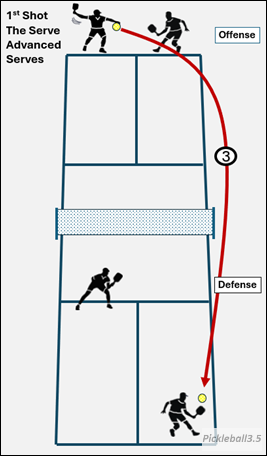
What It Does: While all serves must bounce, a lob serve’s high arc and deep placement make the bounce more challenging. Your opponent has to adjust to the height and depth, often throwing off their timing for a strong return.
Key to Success: Aim deep. A short lob serve is an open invitation for your opponent to attack and quickly advance to the net.
When to Use It: Mix it in occasionally to break up your serving pattern and see how your opponent reacts.
Summary: Serve with Strategy
A strong serve strategy is about more than just getting the ball over the net—it’s about setting the tone for the point.
Here’s what to keep in mind:
- Spin Serves: Add topspin, backspin, or sidespin to complicate your opponent’s return.
- Targeting: Aim for their backhand to disrupt their rhythm.
- Lob Serves: Throw in a high, deep lob to keep them on their toes.
Remember, your serve isn’t meant to win the point outright but to make it harder for your opponent to set up their return. Practice these advanced serves regularly, and soon you’ll be serving up challenges that leave your opponents scratching their heads.
Check out Payton Bonds new eBook!
Pickleball Strategy – A Guide to 3.5 and Beyond
See it on Amazon.

👤 Follow Payton Bond
All Star and Top Contributor on multiple Facebook Pickleball Forums.
Contributor at TheKitchenPickle.com.
Visit Payton Bonds Facebook Page
Keep Learning:
- Check out the videos 🎥 below for a good review of pickleball serves.
- For more information about how to execute spin shots, check the post: Pickleball Spin Shots – How to Add Spin.
- This is the last post in The Serve series. Keep reading and check out the first post on the Serve Return: Pickleball Return of Serve – Tips to Dominate the Rally.
🎥Pickleball Volley Serve with Topspin
Courtesy of Third Shot Sports
Watch this video on the Pickleball Volley serve on Youtube.
🎥Pickleball Drop Serve with Backspin and Sidespin
Courtesy of Pickleball Nexus
Watch this video on the Pickleball Drop Serve on Youtube.

